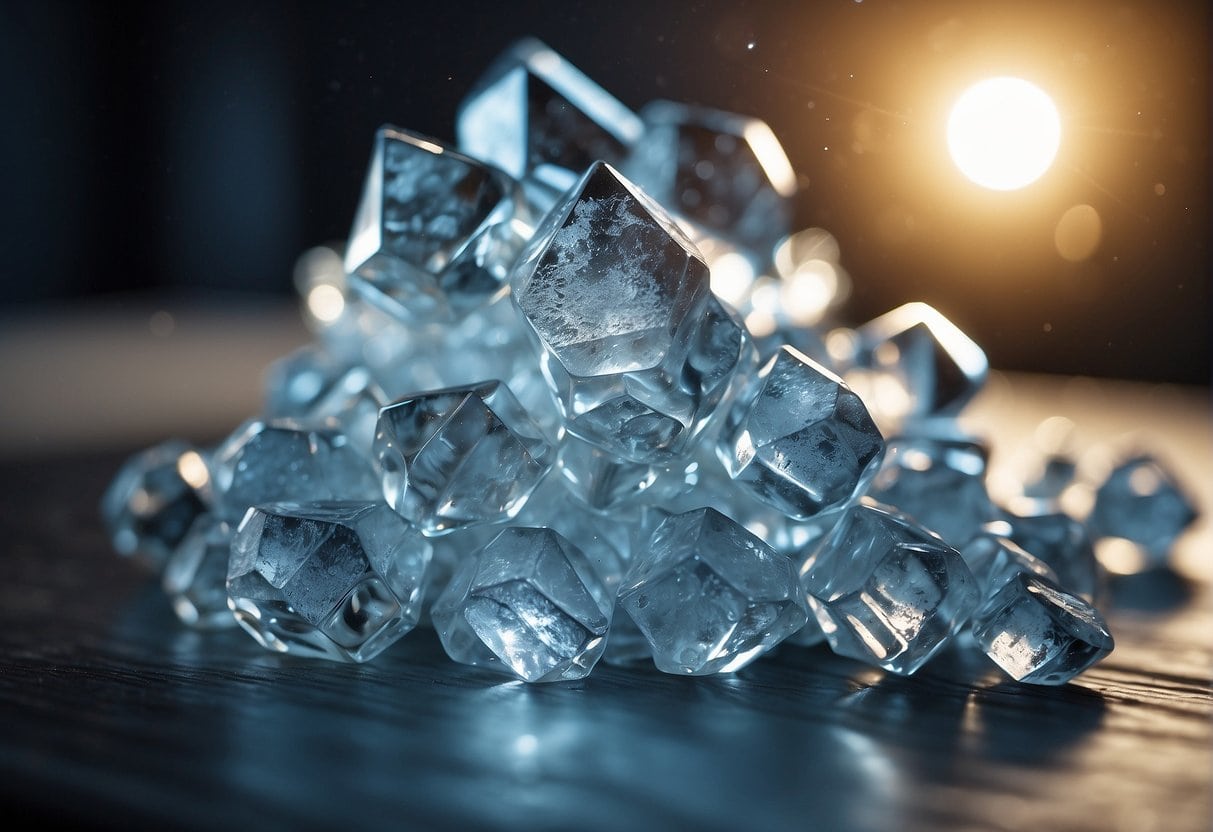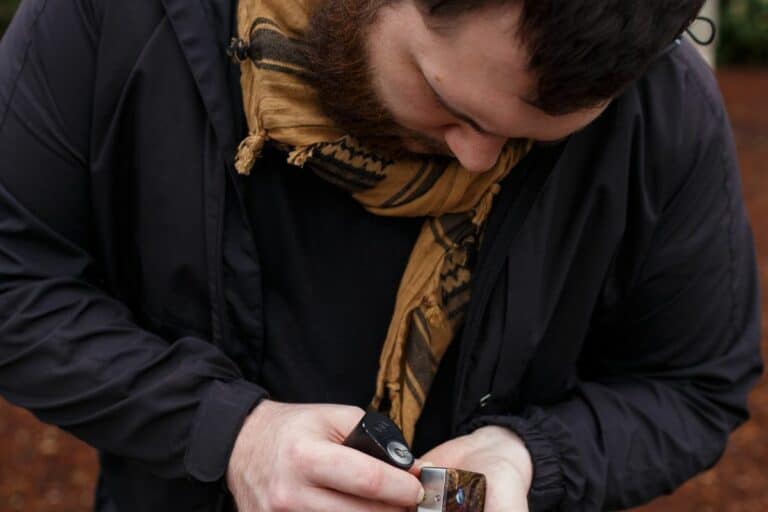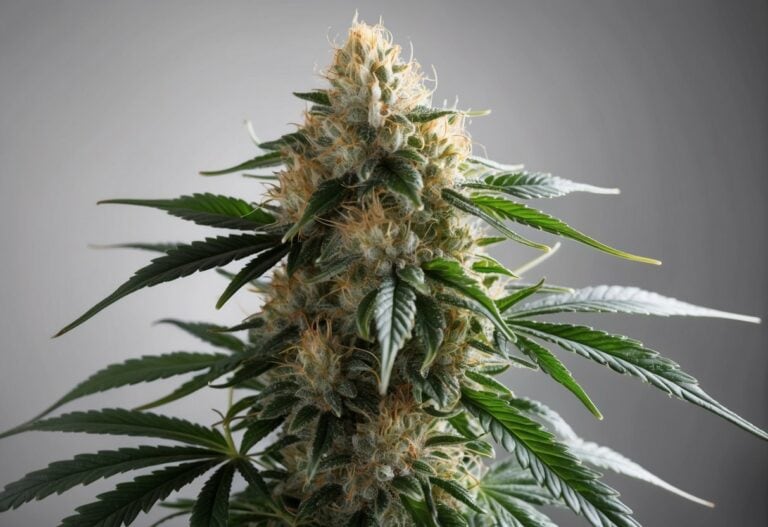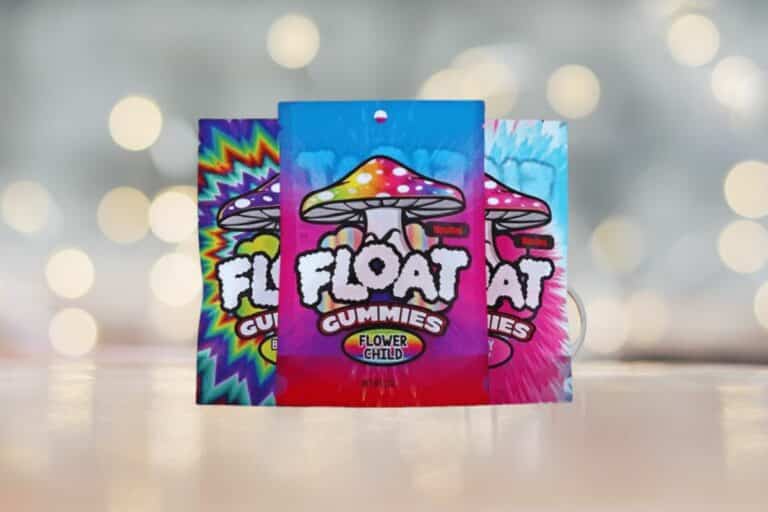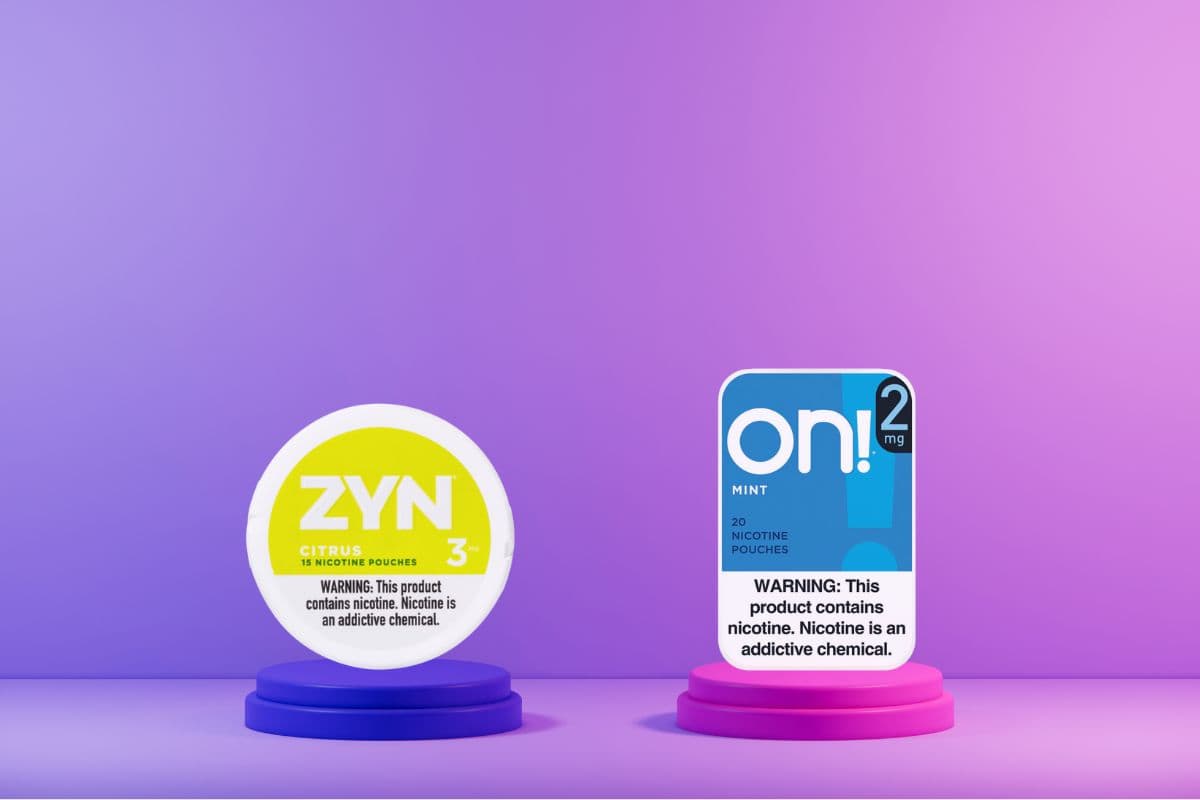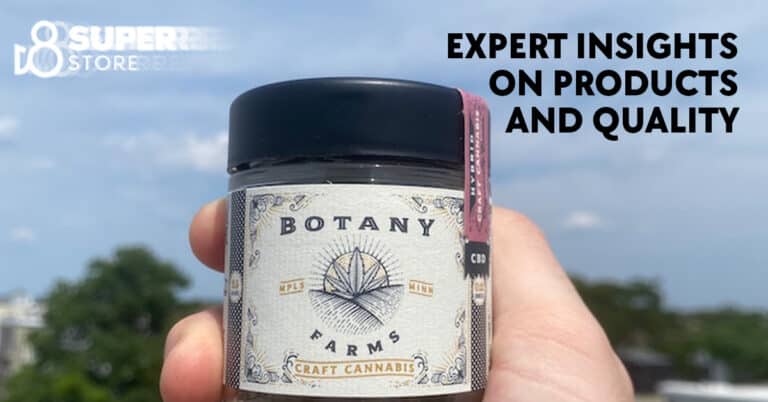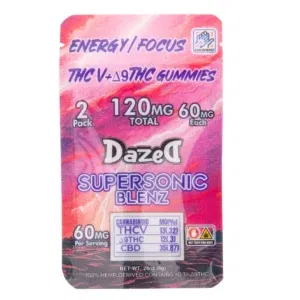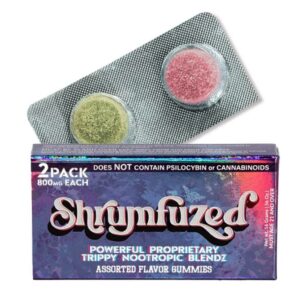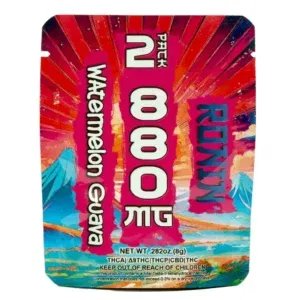Decarboxylation of THCa
Decarboxylation might sound like magic, but trust me, it’s your ticket to the thrilling world of cannabinoids hiding inside the simple cannabis leaf. Without a bit of warmth, cannabis remains a silent bunch of THCa, lacking the power to take you on a journey or soothe your worries. But, heat things up, and boom! You’re on the path to changing THCa into THC (tetrahydrocannabinol), the main attraction. This change, known as decarboxylation, is basically hitting the fun button, as it takes away a carboxyl group from the molecule with heat. For those who can’t wait to get into the nitty-gritty of cannabis science, sticking around to discover more about this process is an adventure not to be missed!
- Fundamentals of Decarboxylation
- Decarboxylation Methods
- Monitoring Decarboxylation
- Preparation of Cannabis
- Effects of Decarboxylation
- Creating Cannabis Infusions
- Utilizing Decarboxylated Cannabis
- Safety and Storage
- Scientific and Therapeutic Aspects
- Additional Considerations
- Frequently Asked Questions
- What is the optimal temperature for the decarboxylation of THCa?
- How long does the decarboxylation process take for THCa?
- Can you decarboxylate THCa in a regular kitchen oven?
- How does the decarboxylation of THCa affect its psychoactive properties?
- Is there a tool or calculator to help with decarboxylation times and temperatures?
- Does the conversion from THCa to THC result in a production of Delta 9-THC?
Understanding the science behind THCa decarboxylation can enhance your knowledge of cannabis and improve your experience with it. You should know that the reaction not only activates THC but also affects the intensity of the herb’s effects and its shelf life. More than just heating your cannabis, precise control of temperature and time is critical, as this influences the rate at which THCa is converted to THC, and getting this balance right can significantly alter the potency and profile of your final product.
Decarboxylation of THCa is not a simple heat application; it involves a nuanced approach to ensure the conversion is efficient and effective. By looking into comprehensive studies on the kinetics of this reaction, you can appreciate the intricate variables that impact how THCa decarboxylates. For instance, exploring a comparative kinetic study can offer insights on how temperature and time influence the decarboxylation process. Equipped with this knowledge, you can better optimize your methods, whether you’re using cannabis for medicinal purposes or seeking a particular experience.
Fundamentals of Decarboxylation
When you think about unlocking the psychoactive potential of cannabis, decarboxylation is a crucial chemical process you need to understand. It involves the removal of a carboxyl group from cannabinoids such as THCa, converting them into their active forms, like THC, through the application of heat.
Chemistry of THCa to THC Conversion
THCa (tetrahydrocannabinolic acid) is a non-psychoactive compound found in raw and live cannabis. Through decarboxylation, a carboxyl group (COOH) is removed from the THCa molecule, releasing carbon dioxide and leaving behind THC (tetrahydrocannabinol), the compound known for its psychoactive effects.
- Starting molecule: THCa
- Process: Decarboxylation
- Byproduct: Carbon dioxide (CO2)
- End product: THC
Importance of Heat in Decarbing
Heat is the catalyst in the decarboxylation process. Without it, THCa will not readily convert to THC. The temperature and duration are critical; applying too much heat can degrade THC, while too little can result in incomplete conversion.
- Optimal temperature range: Varies, typically between 220-245°F (104-118°C)
- Duration: Also varies, often around 30-40 minutes
By maintaining the correct temperature for the appropriate length of time, you enable the conversion of THCa to THC, making cannabis psychoactive and ready for consumption.
Decarboxylation Methods
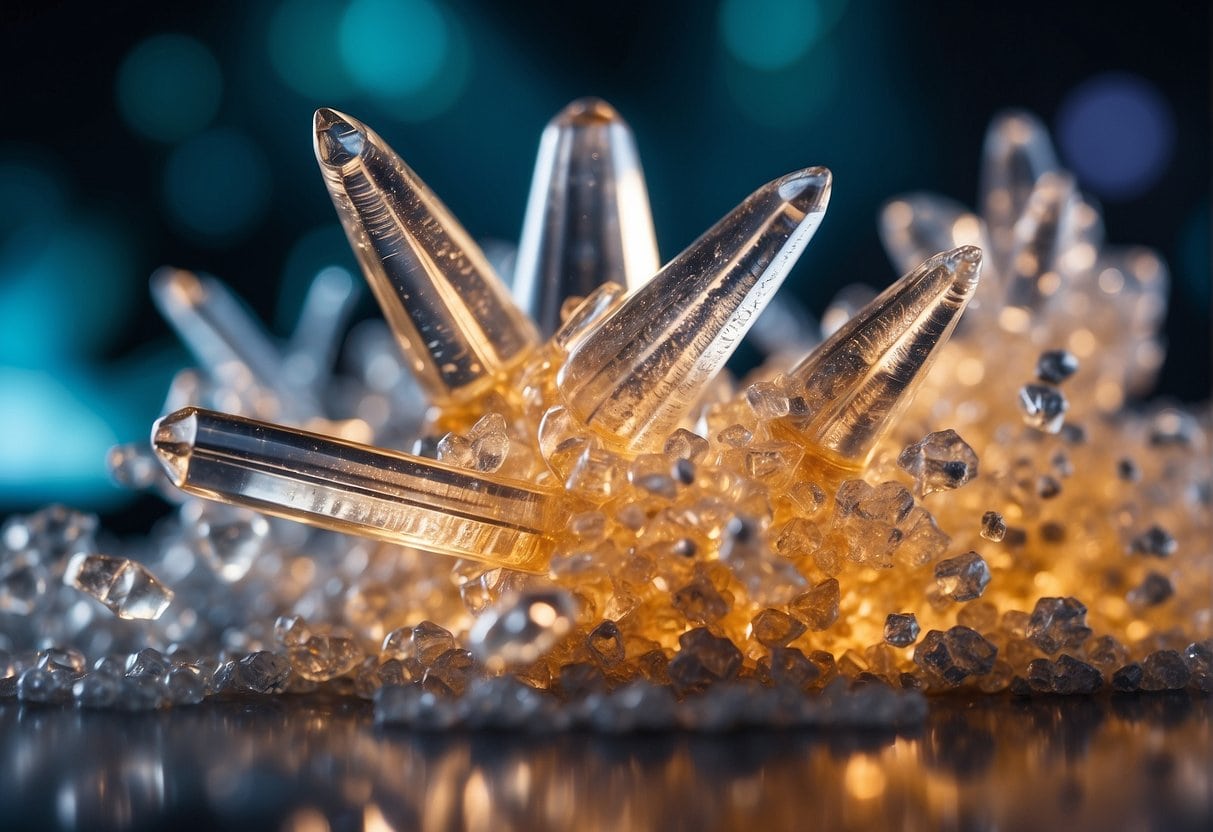
In the process of activating the non-psychoactive THCA into the psychoactive THC, choosing the right decarboxylation method is crucial. These methods vary widely, each with its own equipment and techniques that can influence the potency and purity of the final product.
Oven-Based Decarbing
When decarboxylating THCa, using an oven is a frequent approach because of its accessibility and ease of use. You’ll want to preheat your oven to a temperature typically between 220-245 degrees Fahrenheit (104-118 degrees Celsius). Place your cannabis evenly spread on a baking sheet, and cover it with foil to prevent THC evaporation. Allow the cannabis to heat for approximately 30 to 40 minutes, depending on its moisture content and the size of the material. This comparative kinetic study shows the effectiveness of oven-based decarboxylation.
Alternative Decarbing Techniques
Aside from the oven, there are several alternative decarbing techniques:
- Microwave: A quick but less precise method. Heat your cannabis in short bursts of about 30 seconds to minimize THC loss, checking frequently.
- Stovetop: Typically involves using oils or butter to infuse the cannabis while heating.
- Slow Cooker: Combine cannabis with a fat source like oil or butter and heat on low for several hours.
- Crockpot: Similar to a slow cooker, emphasize maintaining low heat and stirring occasionally to prevent burning.
- Sous Vide: Seal your cannabis in a water-tight bag and submerge it in a water bath heated to a specific temperature for a couple of hours. This technique is highlighted for its precision.
- Decarboxylator Devices: Specialized equipment designed to decarboxylate cannabis with precise temperature controls, sometimes including features to contain the smell.
These methods can vary in efficiency, so it’s important to consider the specifics of the process and the equipment you’re using. For instance, a study on kinetics and molecular modeling provides insights into the effectiveness of different decarboxylation methods.
Monitoring Decarboxylation
Proper monitoring of decarboxylation is crucial to achieving the full activation of THCa to THC. Precise control of temperature and duration can significantly impact the efficacy of your process.
Optimal Temperature and Time
Optimal Temperature: The precise decarb temp for the decarboxylation of THCa is often debated, but generally, it is accepted that a temperature range of 220°F to 240°F (104°C to 116°C) is effective. Within this range, THCa is converted to THC without damaging terpenes or cannabinoids.
Time Required: Typically, this conversion takes about 30 to 45 minutes. However, these figures can vary based on the moisture content of your cannabis and the consistency you desire. Monitoring the THCa decarboxylation reaction in solid state provides scientific insights into the specifics of this process.
Using Oven Thermometers
When decarboxylating at home, it’s essential to note that household ovens may not be reliable for consistent temperature control. This inconsistency can lead to uneven decarboxylation. Utilizing an oven thermometer can help you maintain the correct temperature throughout the decarboxylation process, ensuring the activation of THCa is as uniform as possible.
- Verification: Periodically check your oven thermometer to ensure the internal oven temperature matches your set decarb temp.
- Adjustment: If you notice a discrepancy, adjust the oven’s temperature settings accordingly.
Preparation of Cannabis
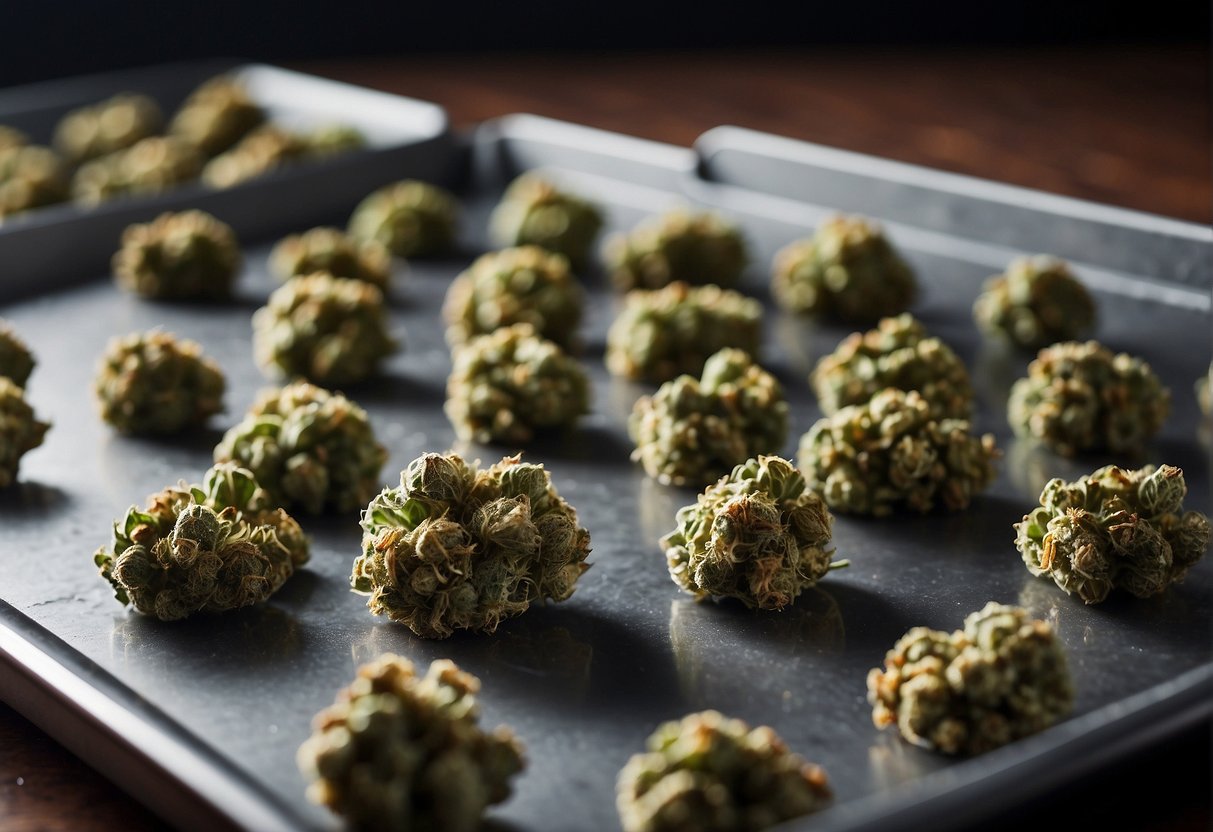
Before you begin the decarboxylation process, it’s essential to prepare your cannabis plant material properly. This preparation ensures an even and effective conversion of THCa into THC.
Grinding Cannabis for Decarboxylation
Firstly, grind your cannabis flower. Using a grinder, break down the buds into smaller pieces. This increases the surface area, allowing for a more uniform decarboxylation. Be mindful not to over-grind as it might lead to overexposure to heat and loss of terpenes during the decarboxylation process.
- Do:
- Use a hand-held grinder to control the consistency.
- Aim for a coarse grind, avoiding a powdery consistency.
- Don’t:
- Use a food processor or coffee grinder as they can over-grind the material.
Using Parchment Paper and Baking Sheets
After grinding, spread the cannabis evenly on a baking sheet lined with parchment paper. The parchment paper prevents sticking and ensures that you can easily collect your cannabis after decarboxylation.
- Preparation Steps:
- Preheat your oven to the recommended temperature (usually around 220-245°F, but this can vary).
- Arrange the ground cannabis in a thin, even layer on the parchment paper.
- Place the baking sheet in the oven and decarboxylate for the recommended duration, typically between 30 to 45 minutes.
When utilizing baking sheets and parchment paper, remember to avoid overcrowding. A single layer of cannabis allows for heat to distribute evenly throughout the plant material.
Effects of Decarboxylation
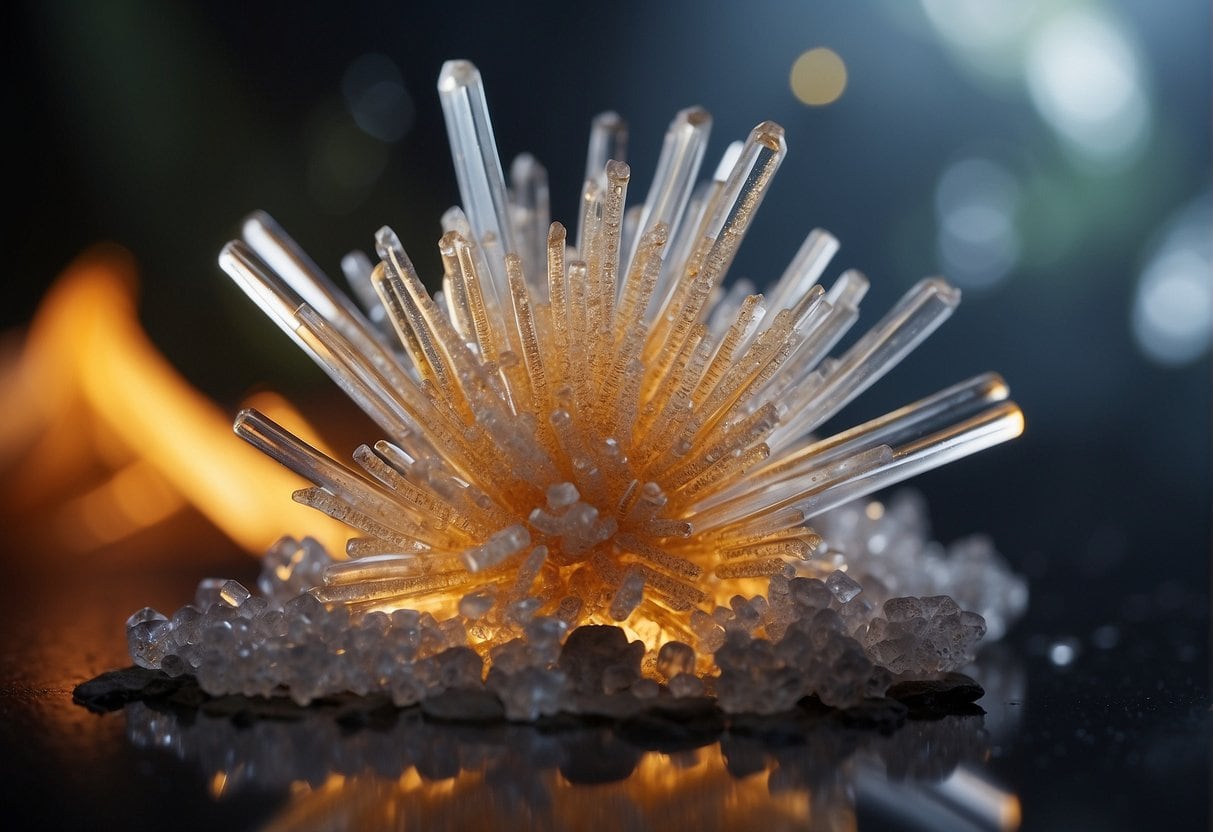
Decarboxylation is a critical process for activating the psychoactive potential of cannabinoids like THC. This chemical reaction removes a carboxyl group and releases carbon dioxide, converting cannabinoids into their active forms.
Psychoactive Effects of THC
When THCa, the non-psychoactive acid form of THC, undergoes decarboxylation, it becomes delta-9-tetrahydrocannabinol (THC), the compound known for its psychoactive effects. The process often occurs through heating and is essential if you are seeking the “high” associated with cannabis. The resulting THC can bind to your body’s cannabinoid receptors, particularly in the brain, which leads to various psychoactive effects, including an altered sense of time, enhanced sensory perception, and euphoria.
Conversion of Other Cannabinoids
Moreover, THCa is not the only cannabinoid that decarboxylates. For instance, CBDA decarboxylates to produce cannabidiol (CBD), which is sought after for its potential therapeutic benefits without causing a high. Decarboxylation also applies to other acidic cannabinoids such as CBGA, CBG, CBNA, and CBN, each leading to their non-acidic forms with diverse effects on your body’s endocannabinoid system. The transformation of these cannabinoids through decarboxylation could also influence their boiling points, solubility, and interaction with other compounds, affecting how they might be used in various applications.
Creating Cannabis Infusions
When creating cannabis infusions, you’re essentially capturing the active compounds in cannabis, such as THC, by incorporating them into fats or alcohol. The process starts with decarboxylation to activate THC from its acid form, THCa.
Cannabis Oil and Butter Infusions
To infuse oil or butter with cannabis, begin by grinding the decarboxylated cannabis to increase its surface area. The finely ground plant material is then combined with a carrier fat, typically butter or cooking oil. It’s important to maintain low heat during the infusion process to avoid degrading the THC. Periodically stirring the mixture can promote an even infusion of cannabis compounds into the fat. After a couple of hours, strain the mixture through a cheesecloth to remove plant solids; what you’re left with is cannabis-infused butter or oil that can be used in a variety of recipes, from baked goods to savory dishes.
Tinctures and Topicals
Tinctures involve soaking decarboxylated cannabis in high-proof alcohol to pull out the desired cannabinoids, resulting in a potent liquid that you can use by the drop. The key is to store the mixture in a cool, dark place, shaking it daily for a few weeks before straining it. Topicals are cannabis-infused products applied to the skin for localized relief. They can be made by blending cannabis-infused oil with other ingredients like beeswax and essential oils to form creams, balms, or salves. These do not produce psychoactive effects but can offer therapeutic benefits.
Utilizing Decarboxylated Cannabis
Decarboxylated cannabis is essential for creating potent and active compounds in your edibles and consumables, allowing a more controlled and efficient use compared to traditional smoking.
Edibles and Consumables
When you bake with decarboxylated cannabis, such as in making cannabutter, you’re integrating activated THC into your consumables. This method is key in creating homemade edibles like pot brownies. The process begins by finely grinding the cannabis and heating it at a low temperature to activate the THC without burning it. Once decarboxylated, the product can be incorporated into fats like butter or oil, which can then be used to eat as part of dishes or baked goods.
Smoking vs. Eating Decarboxylated Cannabis
Smoking decarboxylated cannabis provides a different experience from eating it. When smoking or vaporizing, the effects are felt almost immediately, but tend to be short-lived. In contrast, when you eat an edible containing decarboxylated cannabis, it takes longer for the effects to start, but they typically last much longer and can be more intense. This is because when you ingest cannabis, it’s metabolized by your liver, producing a metabolite that is more potent than THC itself.
Vaping has become a popular method for consuming decarboxylated cannabis due to its efficiency and the perceived reduction in harmful byproducts compared to smoking. Vaporizing heats the cannabis just enough to release the active ingredients in a vapor form without combustion, reducing the intake of tar and other byproducts of smoking.
Safety and Storage
When it comes to the decarboxylation of THCa, maintaining proper storage conditions and adhering to safety precautions are crucial for achieving optimal results and ensuring your safety. Both storage and safety have direct impacts on the potency and stability of the final product.
Proper Storage Practices
To preserve the integrity of THCa prior to decarboxylation, you should store your cannabis in an airtight container to prevent exposure to air, moisture, and light. Bear in mind that cannabinoids like THCa can start to convert to THC through decarboxylation even during storage, especially if temperatures are not properly controlled. Here is how to optimize storage:
- Temperature: Keep the container in a cool, dark place to minimize the rate of natural decarboxylation.
- Materials: Use aluminum foil to wrap concentrates before placing them in an airtight container, as this can block light and help regulate temperature.
- Vacuum Sealing: If available, a vacuum sealer can significantly extend the shelf life of cannabis by removing air from the storage environment.
Safety Precautions During Decarboxylation
While transforming THCa into THC, following safety precautions will protect you from harm and ensure a quality decarboxylation process.
- Oven Mitts: Always use oven mitts when handling hot materials, such as trays or containers used in the decarboxylation process to avoid burns.
- Ventilation: Ensure that the decarboxylation area is well-ventilated to dispel any vapors or odors produced during the reaction.
- Capsules and Concentrates: When handling and storing cannabis capsules and concentrates post-decarboxylation, make sure they are kept in a cool, dark, and dry place to maintain their potency and avoid accidental consumption or degradation.
Scientific and Therapeutic Aspects
In exploring the transformation of THCa to THC through decarboxylation, it’s important to understand the underlying scientific mechanisms and the potential therapeutic benefits this process can bring. Grasping the complexity of the endocannabinoid system and the specific health applications can provide deeper insight into why this chemical change is significant for medical cannabis use.
Understanding the Endocannabinoid System
The endocannabinoid system (ECS) is a complex cell-signaling system identified in the early 1990s by researchers exploring THC, a well-known compound in cannabis. This system plays a role in regulating a range of functions and processes, including:
- Sleep
- Mood
- Appetite
- Memory
- Reproduction and fertility
The ECS involves three core components: endocannabinoids, receptors, and enzymes. Endocannabinoids, produced by your body, help keep internal functions running smoothly. Your body has two main endocannabinoid receptors:
- CB1 receptors, which are mostly found in the central nervous system
- CB2 receptors, which are mostly found in your peripheral nervous system, especially immune cells
Endocannabinoids can bind to either receptor, with the resulting effects depending on where the receptor is located and which endocannabinoid it binds to. For example, endocannabinoids might target CB1 receptors in a spinal nerve to relieve pain. Others might bind to a CB2 receptor in your immune cells to signal that your body is experiencing inflammation, a common sign of autoimmune disorders.
Health Benefits and Therapeutic Uses
The therapeutic potential of cannabinoids is closely tied to the ECS. When THCa is decarboxylated to THC, it can then bind to cannabinoid receptors. This interaction can potentially result in the therapeutic benefits that previously were attributed to THCa, including:
- Anti-inflammatory properties: Helps reduce inflammation and pain in conditions like arthritis.
- Neuroprotective qualities: Aids in protecting brain cells, which can be beneficial in diseases like Parkinson’s and Alzheimer’s.
- Appetite stimulation: Useful for individuals who are going through chemotherapy or have AIDS and struggle with a lack of appetite.
Moreover, full-spectrum cannabis extracts, which undergo decarboxylation, could contribute to what’s known as the entourage effect, a synergistic interaction where the medicinal impact of the whole plant is greater than the sum of its parts. This effect takes advantage of the complex chemistry of cannabis, where all compounds, including minor cannabinoids and terpenes, work together to enhance health benefits.
By understanding the ECS and how decarboxylated cannabinoids interact with it, you can better appreciate the potential health benefits and therapeutic uses of cannabis, particularly for its pain-relieving and anti-inflammatory effects.
Additional Considerations
When refining cannabis products, understanding the intricacies of THC’s precursor, THCa, is vital. Here, you will consider the relevance of non-psychoactive compounds and the pivotal role that terpenes and flavonoids play in the decarboxylation process.
Non-Psychoactive Compounds
THCa is a non-psychoactive cannabinoid that does not induce intoxication in its natural state. Upon decarboxylation, THCa is converted into THC, the principal psychoactive component of cannabis. For those seeking the therapeutic benefits of cannabis without psychoactivity, maintaining the integrity of THCa during extraction and processing is paramount. You must carefully control temperature and time to prevent the unwanted conversion to THC, thus retaining the non-intoxicating benefits of the raw cannabinoid.
Role of Terpenes and Flavonoids
Terpenes and flavonoids are aromatic compounds that contribute substantially to the characteristic flavors and scents of cannabis. Beyond sensory appeal, terpenes also influence the therapeutic effects of phytocannabinoids. Through a phenomenon known as the “entourage effect,” terpenes may enhance or moderate the effects of THC and other cannabinoids. During the decarboxylation process, preserving the terpene profile is essential to maintain the quality and effectiveness of the final product.
Similarly, flavonoids—the compounds that give plants their vibrant colors—have their own suite of non-intoxicating benefits. They are believed to offer antioxidative, anti-inflammatory, and neuroprotective properties. Protecting these sensitive compounds during decarboxylation requires precise control to prevent degradation while still achieving the desired cannabinoid conversion.
Frequently Asked Questions
In this section, you’ll find detailed answers to some of the most common questions about decarboxylating THCa, the process that activates the psychoactive potential of cannabis.
What is the optimal temperature for the decarboxylation of THCa?
The optimal temperature for the decarboxylation of THCa is around 220°F (104°C). At this temperature, THCa converts to THC without degrading the material, provided the heat is applied evenly and accurately.
How long does the decarboxylation process take for THCa?
The decarboxylation process for THCa typically takes about 30 to 45 minutes when heated at the optimal temperature. This time frame can ensure that a significant amount of THCa has converted to THC.
Can you decarboxylate THCa in a regular kitchen oven?
Yes, you can decarboxylate THCa in a regular kitchen oven. Ensure that the oven is preheated to the optimal temperature and that the cannabis is spread evenly in an oven-safe dish to allow for consistent heat exposure.
How does the decarboxylation of THCa affect its psychoactive properties?
Decarboxylation is crucial for activating THCa’s psychoactive properties. THCa itself is not psychoactive; through decarboxylation, it converts into THC, the compound known for its psychoactive effects.
Is there a tool or calculator to help with decarboxylation times and temperatures?
There are online tools and calculators that can assist you in determining the appropriate times and temperatures for decarboxylating THCa, considering factors such as the type of oven and the cannabis strain.
Does the conversion from THCa to THC result in a production of Delta 9-THC?
The conversion from THCa to THC indeed results in the production of Delta 9-THC, which is the most recognized form of THC and is noted for its psychoactive effects.

